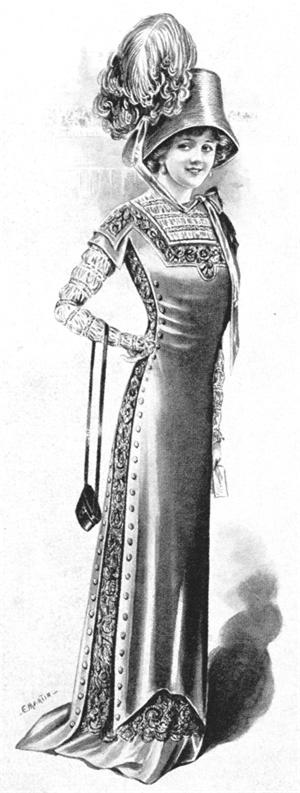 Again we have a puzzle from the Sherlock Holmes puzzle book by Dr. Watson (aka Tim Dedopulos).
Again we have a puzzle from the Sherlock Holmes puzzle book by Dr. Watson (aka Tim Dedopulos).
“On one occasion, Holmes and I were asked to, solve the robbery of a number of dresses from the workshop of a recently deceased ladies’ tailor to the upper echelons of society. Holmes took a short look at the particulars of the case, and sent them all back to the gown-maker’s son with a scribbled note to the effect that it could only be one particular seamstress, with the help of her husband.
However, glancing through my observations some period later, I observed certain facts about the robbery which led me to an interesting little exercise. The stock at the workshop had been very recently valued at the princely sum of £1,800, and when examined after the theft, comprised of precisely 100 completed dresses in a range of styles, but of equal valuation. However, there was no remaining record of how many dresses had been there beforehand. The son did recall his father stating, of the valuation, that if he’d had thirty. dresses more, then a valuation of £1,800 would have meant £3 less per dress.
Are you able to calculate how many dresses were stolen?”
See the Fashion Puzzle for solutions.

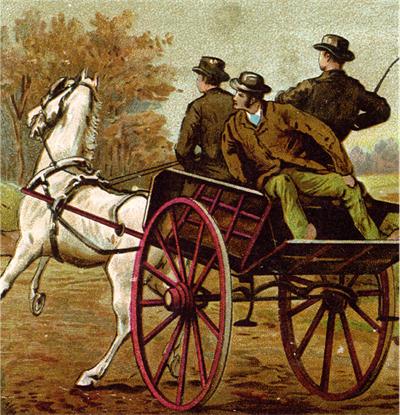 Here is another, more challenging, problem from the Sherlock Holmes puzzle book by Dr. Watson (aka Tim Dedopulos).
Here is another, more challenging, problem from the Sherlock Holmes puzzle book by Dr. Watson (aka Tim Dedopulos). Here is another problem from the Sherlock Holmes puzzle book by Dr. Watson (aka Tim Dedopulos).
Here is another problem from the Sherlock Holmes puzzle book by Dr. Watson (aka Tim Dedopulos).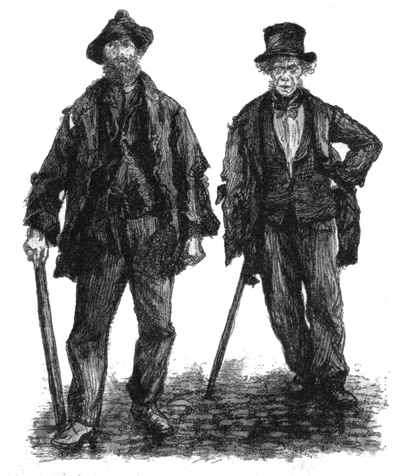 Here is another delightful problem from the Sherlock Holmes puzzle book by Dr. Watson (aka Tim Dedopulos).
Here is another delightful problem from the Sherlock Holmes puzzle book by Dr. Watson (aka Tim Dedopulos).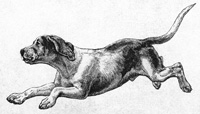 Again we have a puzzle from the Sherlock Holmes puzzle book by Dr. Watson (aka Tim Dedopulos). This one is quite a bit more challenging, at least for me.
Again we have a puzzle from the Sherlock Holmes puzzle book by Dr. Watson (aka Tim Dedopulos). This one is quite a bit more challenging, at least for me.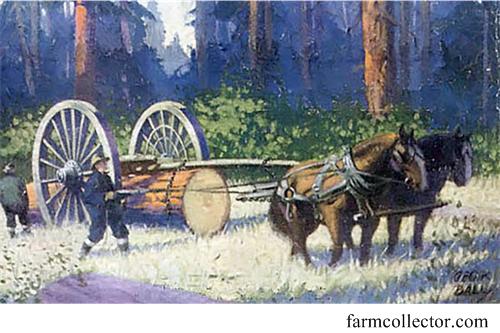 Here is another problem (slightly edited) from the Sherlock Holmes puzzle book by Dr. Watson (aka Tim Dedopulos).
Here is another problem (slightly edited) from the Sherlock Holmes puzzle book by Dr. Watson (aka Tim Dedopulos).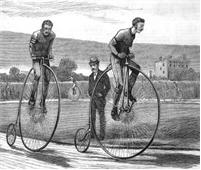 Again we have a puzzle from the Sherlock Holmes puzzle book by Dr. Watson (aka Tim Dedopulos).
Again we have a puzzle from the Sherlock Holmes puzzle book by Dr. Watson (aka Tim Dedopulos).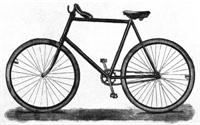 A fun, relatively new, Sherlock Holmes puzzle book by Dr. Watson (aka Tim Dedopulos) has puzzles couched in terms of the Holmes-Watson banter. The following problem is a variation on the Sam Loyd
A fun, relatively new, Sherlock Holmes puzzle book by Dr. Watson (aka Tim Dedopulos) has puzzles couched in terms of the Holmes-Watson banter. The following problem is a variation on the Sam Loyd